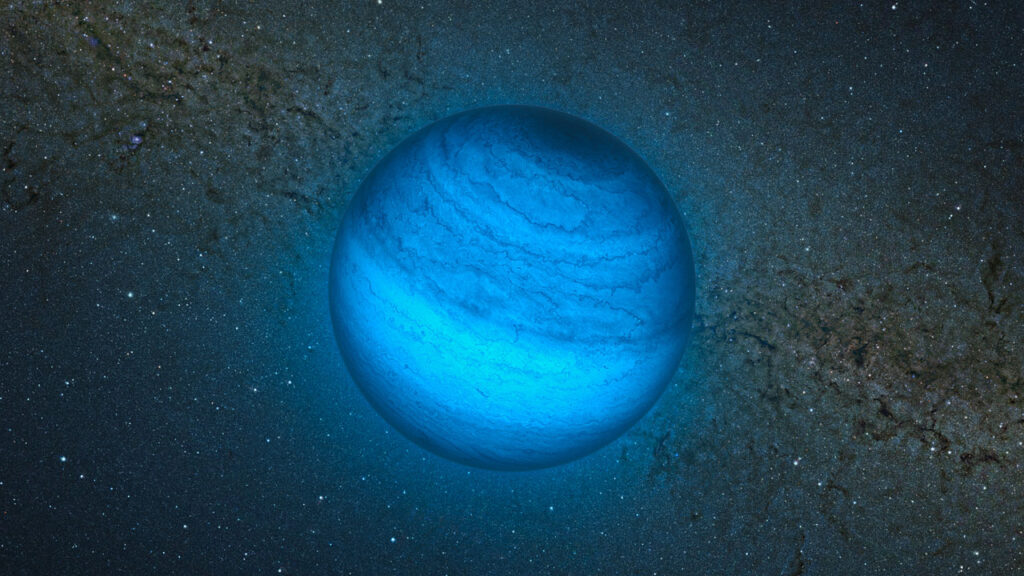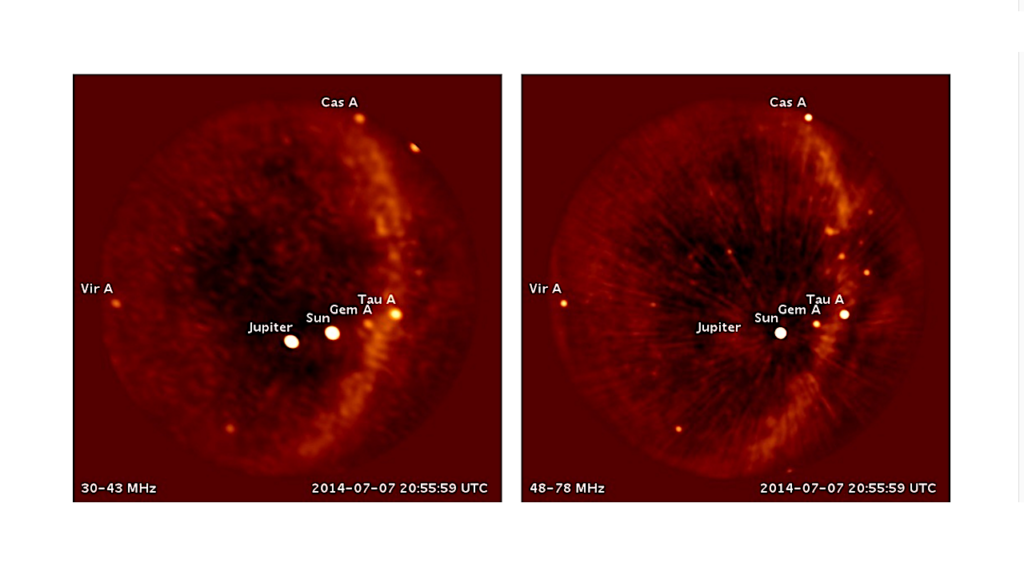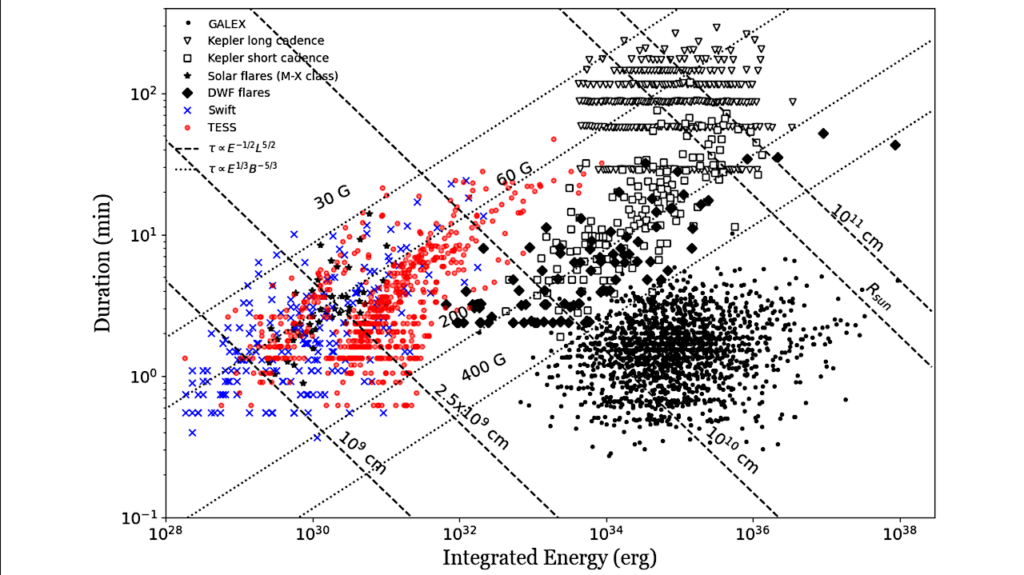Accurate Modeling Of Lyman-alpha Profiles And Their Impact On Photolysis Of Terrestrial Planet Atmospheres

Accurately measuring and modeling the Lyman-α (Lyα; λ1215.67 Å) emission line from low mass stars is vital for our ability to build predictive high energy stellar spectra, yet interstellar medium (ISM) absorption of this line typically prevents model-measurement comparisons.
Lyα also controls the photodissociation of important molecules, like water and methane, in exoplanet atmospheres such that any photochemical models assessing potential biosignatures or atmospheric abundances require accurate Lyα host star flux estimates. Recent observations of three early M and K stars (K3, M0, M1) with exceptionally high radial velocities (>100 km s−1) reveal the intrinsic profiles of these types of stars as most of their Lyα flux is shifted away from the geocoronal line core and contamination from the ISM.
These observations indicate that previous stellar spectra computed with the PHOENIX atmosphere code have underpredicted the core of Lyα in these types of stars. With these observations, we have been able to better understand the microphysics in the upper atmosphere and improve the predictive capabilities of the PHOENIX atmosphere code. Since these wavelengths drive the photolysis of key molecular species, we also present results analyzing the impact of the resulting changes to the synthetic stellar spectra on observable chemistry in terrestrial planet atmospheres.
Sarah Peacock, Travis S. Barman, Adam C. Schneider, Michaela Leung, Edward W. Schwieterman, Evgenya L. Shkolnik, R. O. Parke Loyd
Comments: 17 pages, 12 figures
Subjects: Solar and Stellar Astrophysics (astro-ph.SR); Earth and Planetary Astrophysics (astro-ph.EP)
Cite as: arXiv:2206.05147 [astro-ph.SR] (or arXiv:2206.05147v1 [astro-ph.SR] for this version)
Submission history
From: Sarah Peacock
[v1] Fri, 10 Jun 2022 14:43:02 UTC (1,752 KB)
https://arxiv.org/abs/2206.05147
Astrobiology,








